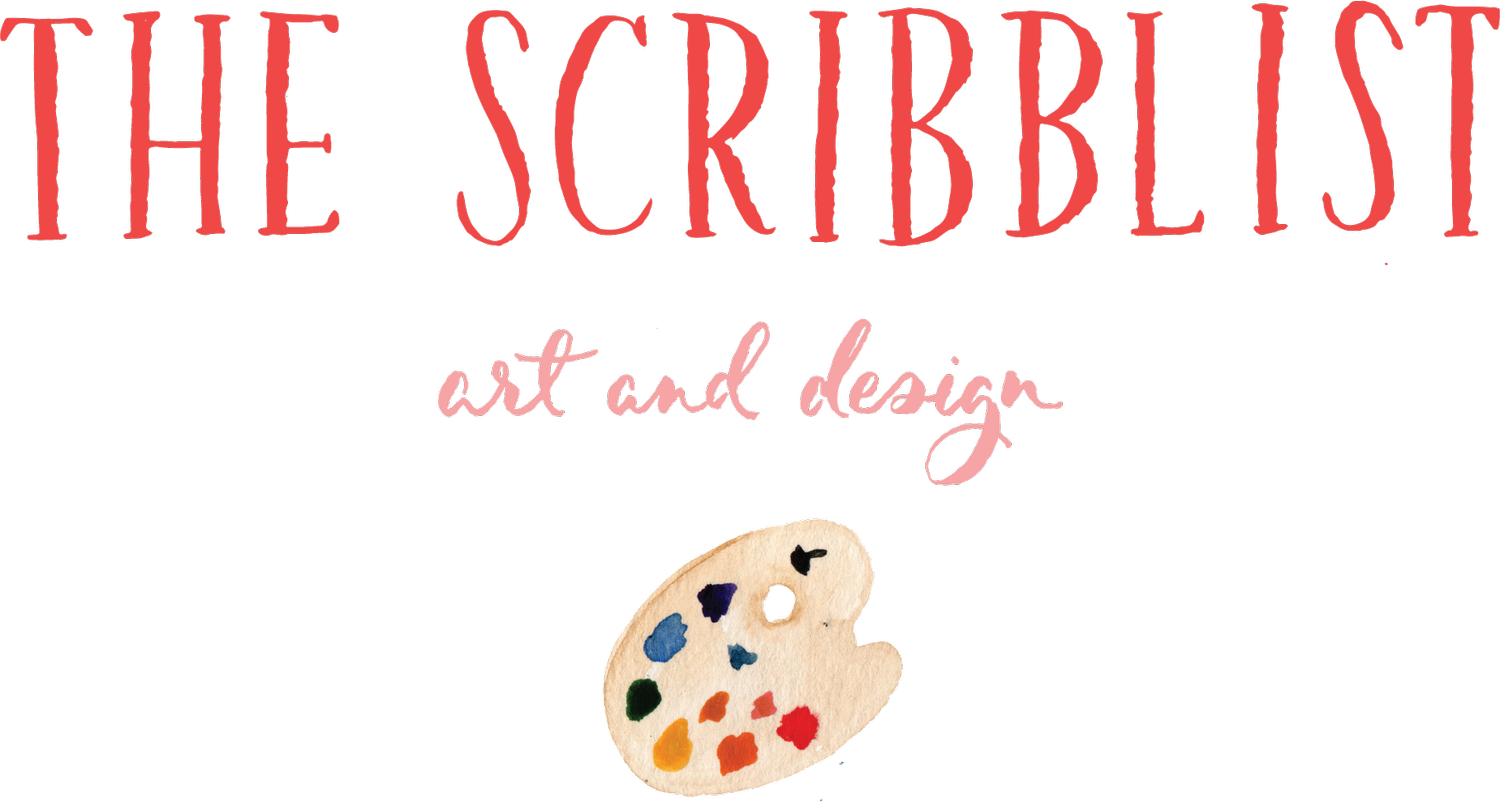Tips and Tricks for Mural Painting
Mural painting can be intimidating if you’ve never worked on a large scale before. Even with my background in installation art, where I would combine drawing, painting and sculpture to activate an entire space, I was a bit overwhelmed with the idea of taking on my first mural. We all have to start somewhere though, and taking that first step to saying “yes! I can do this!” is huge!!
If you’ve been thinking about painting a mural, but aren’t sure where to start, you’re in the right place! Today I am sharing 4 of my favorite tips and tricks for mural painting. Here we go!
The Design Process: An iPad with Procreate and an Apple Pencil are your best friends. If you aren’t familiar with Procreate, it is a fairly easy design program to learn, similar in function to Adobe Photoshop. You can work in layers, allowing for easy editing, and it makes sharing your designs for review easy peasy! You can also use these files to project your image on the wall (more on that later!).
Supplies for Painting: One of the most asked questions is “what type of paint do you use?” Surprisingly, the answer is latex house paint! Most of the murals I work on are on interior walls, but it would be the same answer for exterior walls. You will just want to make sure you get the right type of paint for the surface you are working on. No fancy brushes here either! Pick up a variety of brushes at Home Depot or here, and you’re good to go! The rough textures of most walls will wear down your brushes quickly, so it’s best not to use expensive specialty art brushes for murals.
How to Scale Up the Design: There are a lot of methods for scaling your design, but my favorite is using a projector. A good quality projector is an investment, but trust me, it is 100% WORTH IT! This will save you SO MUCH TIME, and time is $$$ folks! I use the Epson Home Cinema 1080 projector, and it’s great! You can project the design onto the wall you are working on, and use a pencil or chalk to sketch the design directly onto the wall. Chalk is great because it’s easy to remove, and you don’t have to worry about the pencil lines showing through the paint (or having to paint extra layers to cover it all up!). If you’re working outside where the design could get wet, it’s probably best to avoid using chalk.
Recovery: Mural painting is physically taxing. After painting a large-scale sidewalk mural one summer, I could barely move by the end. Your body will most likely be very sore from the long days on your feet, holding your arms up painting for hours, climbing ladders, etc. This is probably my best tip – schedule a massage for once you are done with the project!! Your body will thank you!!
What other questions do you have for working on a mural? Let me know in the comments! For more mural product recommendations, check out my Storefront and for more tips and tricks for creatives, sign up for our newsletter here! And just remember – you’ve got this!!!


